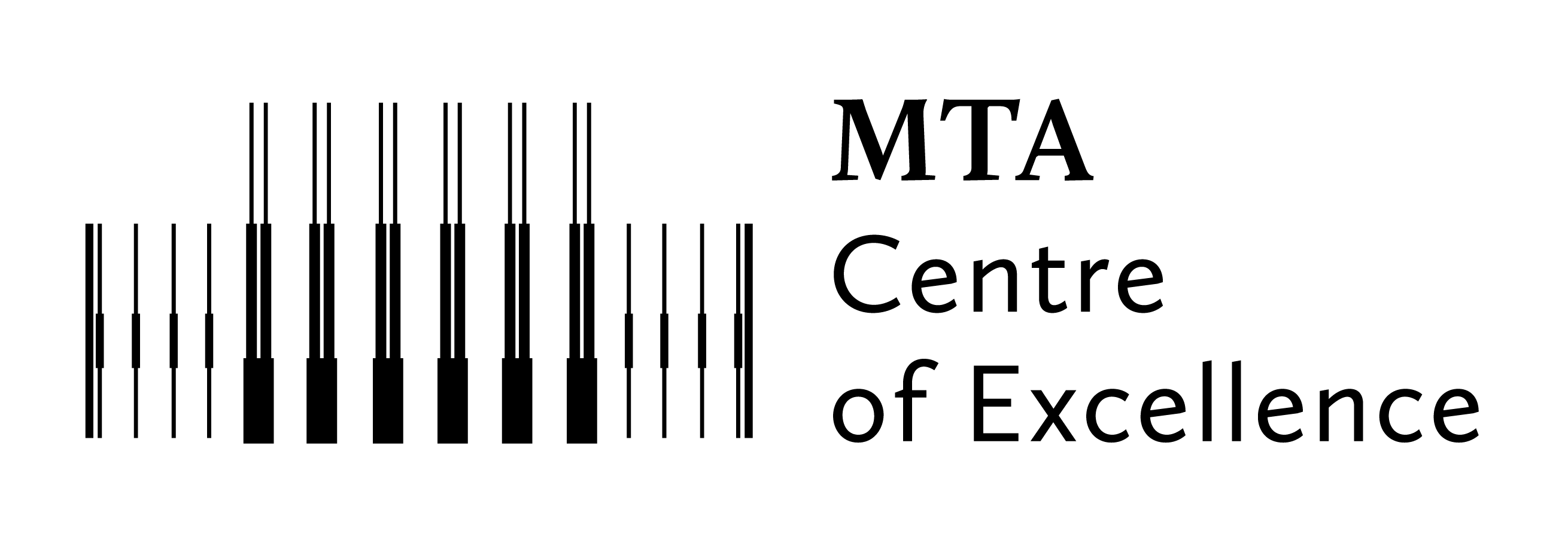Pattern formation in Liquid Crystals (link is external)
Granular flows (link is external):
We are studying the deformability and flow of granular materials in laboratory experiments and numerical simulations. We focus on systems containing non-spherical (e.g. elongated) particles. When such systems are subjected to shear, the interaction of rotating particles leads to complex rheological behavior.
Polimer - liquid interfaces:
Gliding of liquid crystal orientation is studied on various polymer films. Deformation of the liquid crystal layer is induced by magnetic field or by light. The surface gliding is measured by an optical method developed in our laboratory.
Properties of bent core liquid crystals:
Bent core (banana shaped) molecules have a tendency to form polar smectic liquid crystalline phases with unique structures. Even the nematic phase of these compounds possesses unusual physical properties, like giant flexoelectric response, low frequency dielectric relaxation, unusual electroconvection scenarios, huge viscosity, which may be related to the presence of polar smectic clusters in the nematic phase.
Ferroelectric nematic liquid crystals
Ferroelectric nematic liquid crystals are liquids whose molecules have special orientational order that results in enormous spontaneous electrical polarization. We examine the extraordinary properties of these materials, their responses to external electric fields, mechanical deformation, and temperature changes.
Electro- and magnetooptics of ferronematics (link is external):
Ferronematics are liquid crystals doped with magnetic nanoparticles (e.g. magnetite, carbon nanotubes). The electro- and magnetooptical behaviour of these substances is studied in co-operation with the Institute of Experimental Physics, Kosice, Slovakia.
Other competences and former research fields:
- textures and phase diagrams: Textures of mesophases of pure compounds and liquid crystalline mixtures are studied by polarizing microscopy.
- shear instabilities: Shear flow of nematic layers result in roll patterns similar to those of electroconvection despite of the different underlying mechanisms.
- interfacial patterns (solidification, viscous fingering): Interfaces between phases or substances often produce patterns under non-equilibrium conditions. Phase transitions between the nematic and the ordered smectic B phases are analogous to the classical solidification problem. A liquid (or gas) of small viscosity pressed into a liquid of higher viscosity also forms patterned interfaces (viscous fingering). Both phenomena can be well described by numerical simulations.
- light induced reorientation: The electric field of a light wave exerts a torque on the molecules of liquid crystals resulting in a reorientation of the nematic layer.. Polarised light can induce anisotropies in thin layers of certain polymers which can orient liquid crystals.
- influence of light on dyed liquid crystals: Anisotropic dyes dissolved in liquid crystals result in a pronounced dichroism of the mixtures and contribute to the optical torque on the molecules.
- polymer - liquid crystal composite systems: Photopolymerization may produce small liquid crystal droplets distributed in a transparent polymer or may create fine polymeric networks, depending on the liquid crystal to monomer ratio.
- side-chain liquid crystalline polymers and elastomers: Novel reactive liquid crystalline (LC) monomers are designed and synthesized possessing nematic and/or smectic phases. Side-chain LC polymers are prepared via hydrosilylation reaction on poly(methylhydrogensiloxane) backbone. As a crosslinker, photo-sensitive benzophenone comonomer is used, and the photo-crosslinking is carried out in UV light.
- ferroelectricity and antiferroelectricity in chiral smectics: In chiral, tilted smectic phases (e.g. smectic C*) there is a spontaneous layer polarization. Depending on the stacking of layers the substances can be either ferro- or antiferroelectric.
- electromechanical effects in ferroelectric liquid crystals: Chiral ferroelectric liquid crystals exhibit a linear electromechanical effect (field induced displacement) similar to piezoelectricity.
- electrooptical properties: The electric field may realign the optical axis of liquid crystals according to the anisotropy of the dielectric permittivity resulting in a change of the light transmittance. The various electrooptical effects can be utilized in LCDs (liquid crystal displays).
- dielectric spectroscopy: The anisotropies of the static dielectric permittivity are characteristic of the orientational order and determine the behaviour of liquid crystals in electric fields. The frequency dependence of the permittivity, the dielectric relaxation, is related to molecular and collective motions.
- cross-effects in cholesterics: Some of the thermodynamic transport processes become coupled in cholesterics due to their chirality. Existence of the thermomechanical coupling (connecting heat conduction with director rotation), and the diffusio-mechanical effect (coupling concentration gradients with shear flow) have been demonstrated experimentally.
- neutron spectroscopy: Neutrons can be used to determine the structure of mesophases or polymer-liquid crystal composites, and can provide information on molecular dynamics, especially about the collective behaviour.
- synthesis of liquid crystals: At present we are mainly interested in the synthesis of newbent core materials with and without chiral moiety to obtain nematic and/or polar smectic phases; liquid crystals with azo- and ester- connecting groups in focus on their response to light. New monomeric liquid crystals are also prepared in order to form elastomers.We have developed new methods for deuterium labeling of starting materials and new synthetic procedures for the synthesis of labeled bent core liquid crystals for 2H-NMR and neutron spectroscopy studies.



